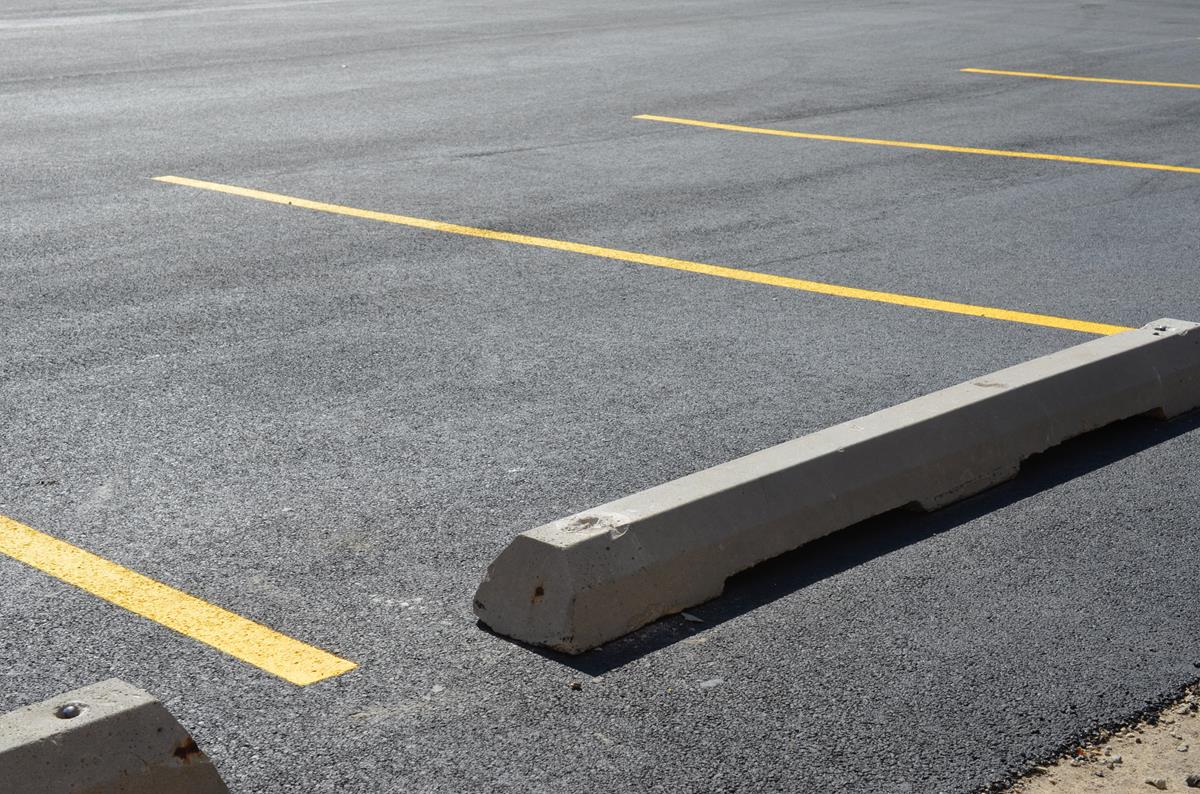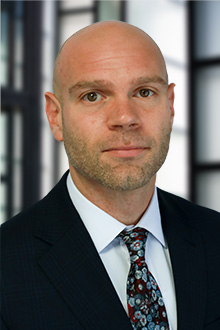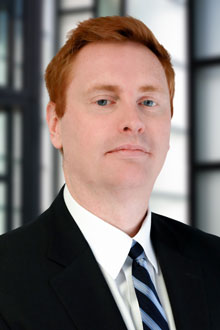Cincinnati Team Secures Summary Judgment for Paving Company in Trip-and-Fall Case

Cincinnati, Ohio (January 25, 2024) - In a recent decision by the Oldham County Circuit Court, Lewis Brisbois Partner Andrew Weber and Associate Jason Paskan obtained summary judgment for a paving company client after successfully arguing that their client did not owe the plaintiff a duty at the time leading up to her trip and fall. Although the court concluded that there was a genuine issue of fact as to whether a parking space wheel stop actually caused her fall, the court noted that whether the wheel stop “constituted an unreasonably dangerous condition necessitating a duty to eliminate them or warn of them is an entirely different matter.” Rebecca Reynolds v. Baptist Healthcare System, Inc., et al., Oldham Circuit Court Case No. 21-CI-00236, *6 (Dec. 21, 2023).
The plaintiff in Reynolds drove to the hospital with her sister-in-law for medical testing. Id. at * 2. While both had been to the hospital before, due to COVID and construction in the emergency department, they had to take a different entrance into the hospital. Id. In the plaintiff’s attempt to navigate the parking lot, she allegedly tripped over a black wheel stop that was covered by a shadow. Id. The plaintiff sued the hospital as the landowner and the paving company working in the hospital’s parking lot, among others, under the theory that the failure to stripe the wheel stop, closing off spaces with the black wheel stops, or posting warnings about the condition of the parking lot would have prevented her fall. Id. at *2-3.
The court used binding authority for the premise that wheel stops, and other similar obstructions in parking lots, are not per se dangerous but can become dangerous when their presence is hidden or not readily apparent. Id. at *6, citing Horne v. Precision Cars of Lexington, Inc., 170 S.W.3d 264, 369 (Ky. 2005). Notably, Horne overturned a court of appeals decision to affirm summary judgment in favor of a car dealership finding a genuine issue of material fact that as to the role of the employees in partially concealing the wheel stop and whether its potential danger was “known or obvious” to invitees. Reynolds, at *6. The court in Reynolds reviewed the evidence available through depositions and photographs but took notice that the plaintiff did not support her theory as to liability with expert review. Id. at *6-7. The court narrowed the question in Reynolds to “whether the facts of an unmarked, black wheel stop concealed by the shadow of another vehicle constitutes a dangerous condition or was so obvious that there was no duty to warn or protect [the p]laintiff against it.” Id. at *7.
In its analysis, the court found that the defendants satisfied their summary judgment burden of establishing that wheel stops are not per se dangerous or unsafe, pointing out there was an absence of factual support for the duty element of plaintiff’s negligence claim. Id. The plaintiff, however, failed to establish a genuine issue of material fact through competent evidence beyond her pleadings, claims, or self-serving arguments. Id. In fact, based on the defendants’ motions for summary judgment the plaintiff “needed to submit competent evidence to prove (1) the unpainted wheel stop in the parking lot was defective; and (2) [the d]efendants knew or should have known that this condition and shadows cast by parked vehicles, posed an unreasonable risk of harm to a reasonable and prudent person exercising ordinary care. Id. at *8.
Ultimately, the court found that the wheel stop was in its intended location, not damaged or defective, and the plaintiff failed to tender evidence demonstrating a distraction. Id. at *8-9. The court noted that plaintiff was aware that the parking spots had wheel stops and had navigated around one prior to tripping over one as she walked through the parking lot to the hospital entrance. Id. at *9. Most importantly, the court held “[a]n open and obvious danger may not create an unreasonable risk *** [and] as a matter of law[,] the wheel stop did not constitute an unreasonably dangerous condition.” Id. Without evidence that the wheel stop was unreasonably dangerous, “there was no duty on the part of [the d]efendants to warn of the wheel stops or remove them” and no further duty was imposed on the defendants. Id. Additionally, the lack of evidence of any articulable distraction that could potentially suspend the applicability of the open and obvious defense in a premises liability case precluded the plaintiff from creating a genuine issue of material fact as to the duty element of her negligence claim. Id. at *9-10.
Cases like Reynolds are key to reestablishing the viability of affirmative defenses in Kentucky, which has become a favorable plaintiff’s venue. With the comparative fault system in place allowing for recovery of as little as one percent of a trial verdict after the jury apportions fault, newer decisions that permit an early disposition of cases may cause plaintiff’s attorneys to be more selective of the claims they assert or cause them to be more reasonable during alternative dispute resolution processes. Although the plaintiff in Reynolds recently filed a motion to vacate or amend the trial court’s decision, and an appeal remains likely, Andrew and his team will continue to their efforts to ensure that the trial court’s decision is affirmed so that similarly situated landowners or third-party contractors working on their properties can enjoy appropriate legal protections.
For further information on this decision, contact the attorneys involved. For more details on Lewis Brisbois' capabilities in this area, visit our General Liability Practice page.

